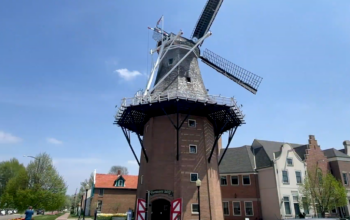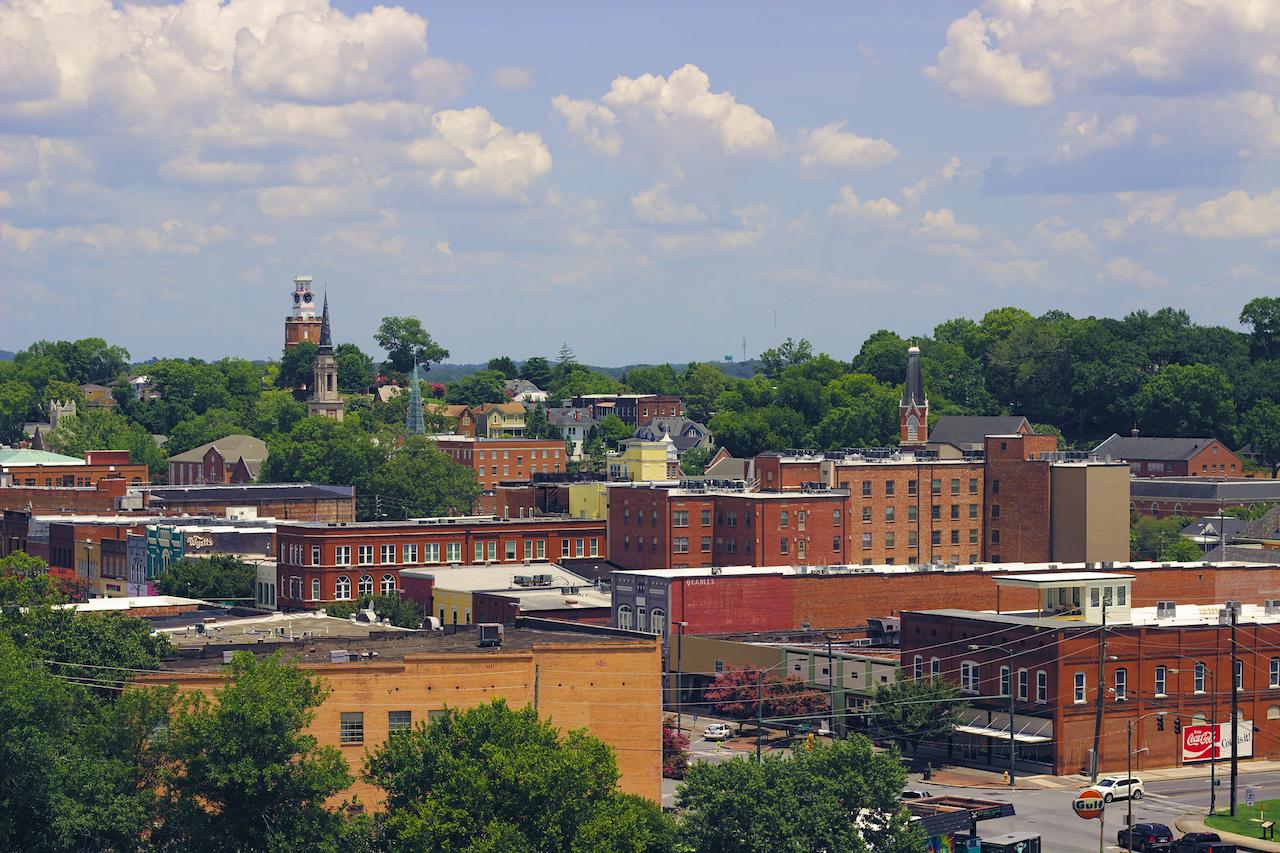Nestled at the confluence of the Ohio and Mississippi Rivers, Cairo, Illinois, was once a bustling city filled with promise and potential. However, the passage of time has transformed this once-vibrant hub into a ghostly reminder of its former glory. In this exploration, we delve into the captivating history of Cairo, the circumstances that led to its abandonment, and the spectral remnants that continue to haunt its street.
Rise to Prominence: A Flourishing City
In the mid-19th century, Cairo stood as a vital transportation and trading hub. Steamboats and railroads converged in the city, fostering a thriving economy and making it a pivotal point for commerce. Elegant mansions, bustling streets, and a diverse community showcased its prosperity.
The Fateful Decline: Factors Behind Abandonment
As the 20th century dawned, Cairo’s fortune began to wane. Racial tensions, economic hardships, and the gradual shift of transportation routes away from the city chipped away at its vitality. Natural disasters, including devastating floods, further accelerated Cairo’s decline, forcing residents to seek refuge elsewhere.
- Racial tensions and economic hardships eroded Cairo’s vitality;
- A shift of transportation routes away from the city;
- Devastating floods and natural disasters hastened the decline;
- Exodus of residents seeking better prospects elsewhere.
Ghosts of the Past: Eerie Remnants
Today, Cairo is a spectral echo of its former self. Abandoned buildings, overgrown streets, and a haunting quietness permeate the landscape. Structures that once buzzed with life now stand as silent witnesses to the city’s downfall, their decaying façades telling stories of lives left behind.

A Glimpse of the Present: Cairo Today
While largely deserted, Cairo is not entirely devoid of life. A handful of resilient residents remain, determined to preserve the town’s legacy. Efforts to restore historic buildings and revive the city’s heritage have been undertaken, but the road to revitalization is challenging and slow.
Comparison Table of Cairo and Nearby Cities
| Aspect | Cairo, IL | Nearby City Paducah, KY | Nearby City Cape Girardeau, MO |
|---|---|---|---|
| Historical Significance | Once a thriving trading hub | Historical landmarks and museums | Rich cultural heritage |
| Current Population | Few remaining residents | Substantial population | Diverse community |
| Economic State | Struggles with revitalization | Stable economy | Flourishing businesses |
| Infrastructure | Abandoned buildings and decay | Well-maintained structures | Blend of old and new |
| Tourism Potential | Haunting appeal for history enthusiasts | Tourist attractions and events | Vibrant tourism scene |
Cairo’s neighboring cities have embraced growth and development, in stark contrast to its own decline. The comparison emphasizes the challenges Cairo has faced and the differences in their current trajectories.
Conclusion
Cairo, Illinois, stands as a testament to the ebb and flow of time. Once a thriving center of commerce and culture, it now resides in the shadows, its streets echoing with whispers of the past. While its grandeur may have faded, the story of Cairo continues to captivate those who venture into its ghostly embrace, reminding us of the impermanence of even the most vibrant cities.
FAQ
While the city’s population has drastically declined, a few residents still call Cairo home, aiming to preserve its heritage.
Yes, visitors can explore the town’s historic sites, gaining insight into its past and its challenges today.
Many structures have fallen into disrepair, serving as solemn reminders of the city’s past and the need for revitalization.
Efforts are ongoing to restore and revitalize the city, but progress is slow due to the challenges presented by its state of abandonment.







